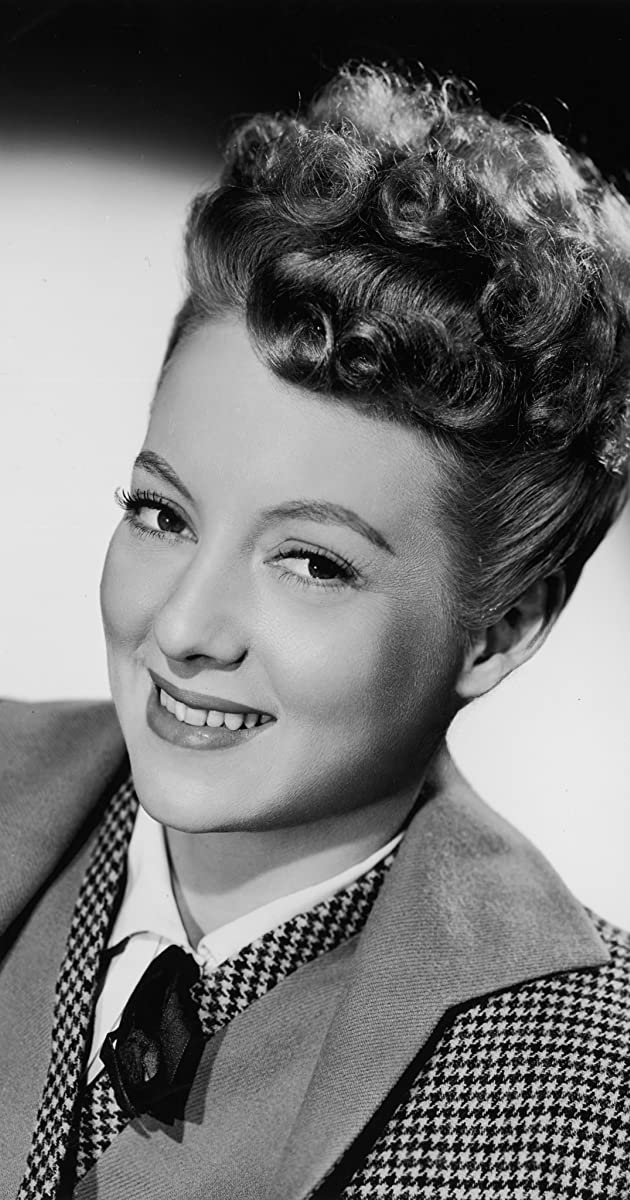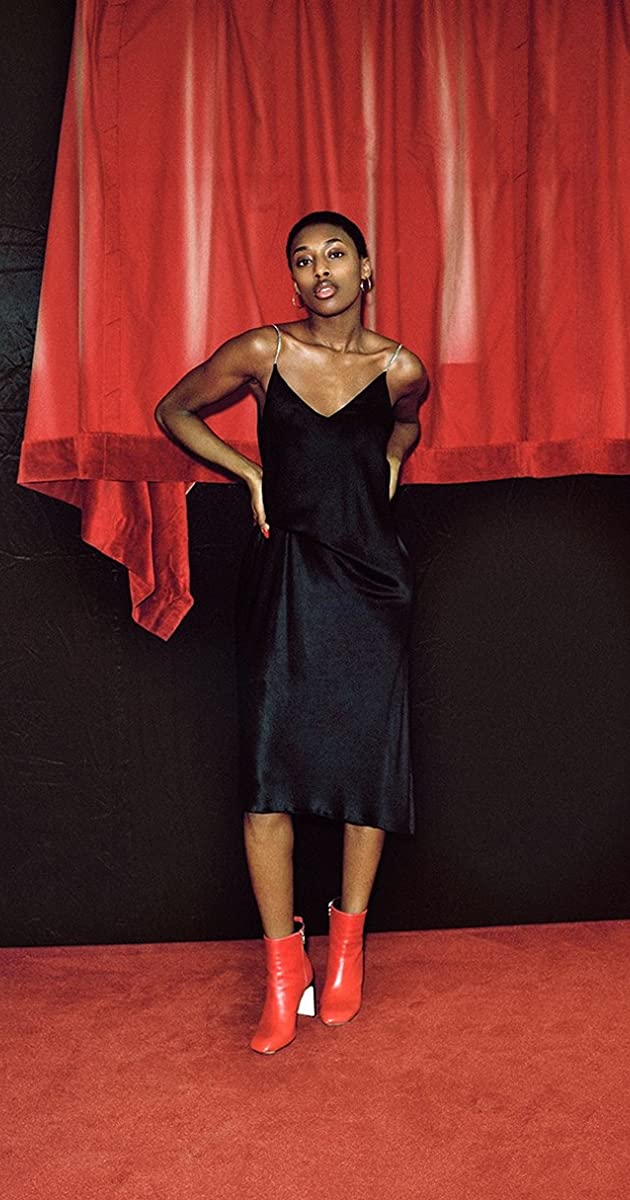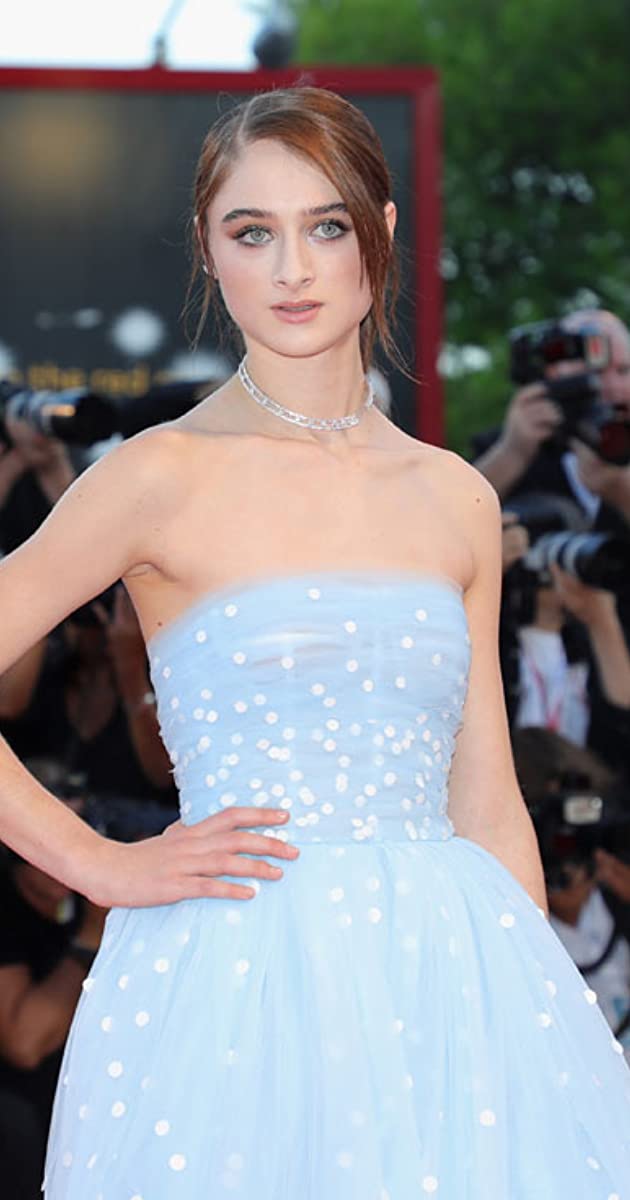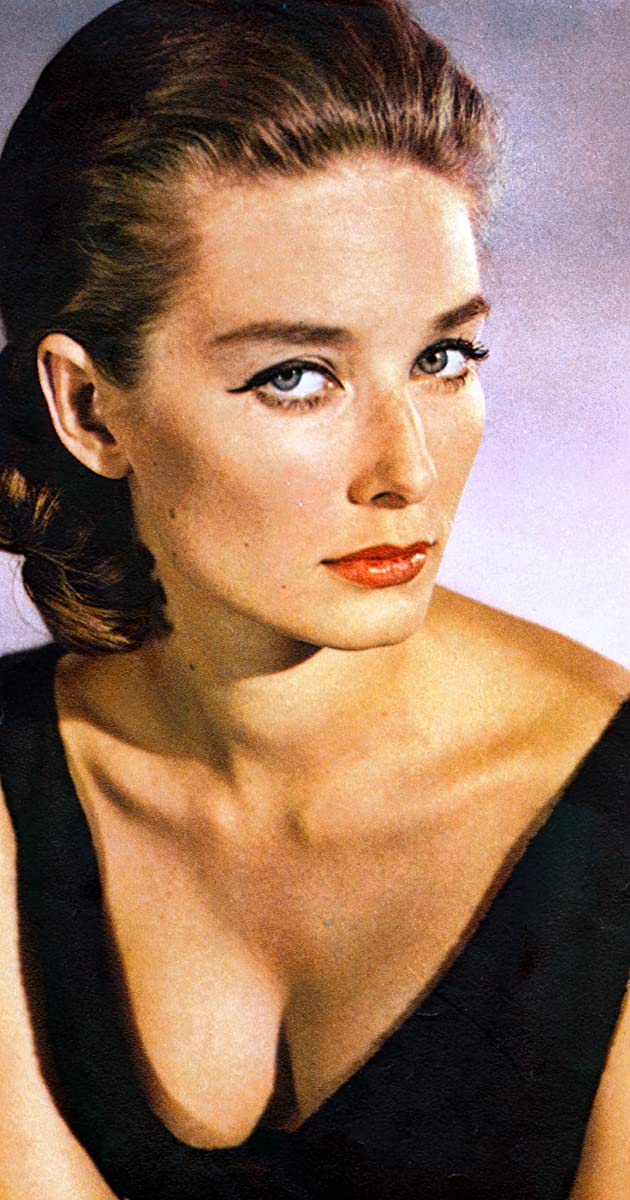
No shrinking violet this one, but despite her talent, vivacity and sheer drive, lovely and alluring blonde Evelyn Keyes would remain for the most part typed as a “B” girl on the silver screen. In spite of her ripe contributions to such superior pictures as Here Comes Mr. Jordan (1941), The Jolson Story (1946), Mrs. Mike (1949), The Prowler (1951) and 99 River Street (1953), she received no significant awards during her career. In fact, film-goers seem to remember her best not for one of these exceptional co-starring parts, but for her bit role as Scarlett O’Hara’s kid sister in Gone with the Wind (1939), American’s most beloved epic film. Evelyn also kept Hollywood alive and kicking with two sensationalistic memoirs that chronicled her four dicey marriages, numerous affairs with the rich and famous, and negative takes on the Hollywood studio system.
Evelyn Louise Keyes was born in Port Arthur, Texas, on November 20, 1916 (for decades she would deceive the public as to her real age). Her father died when she was two, and she and her only brother and three sisters grew up living with her mother and her grandmother in Atlanta, Georgia. Taking voice, dance and piano lessons, she was hopeful of becoming a ballerina. Instead, she entered a beauty pageant or two and worked as a chorus girl before relocating to California at age 20. Shortly after her arrival in Los Angeles, a chance meeting with the legendary Cecil B. DeMille led to a Paramount Pictures contract. Stories differ as to how she met De Mille. Hollywood folklore has it that she was “discovered” by a talent scout in true Lana Turner fashion while eating at a restaurant. Another, more believable story has it that she hooked up with one of De Mille’s former writers, which led to an introduction.
Nevertheless, she was groomed as a starlet and initially placed in bit and/or unbilled roles. De Mille first gave her a small part in his pirate epic The Buccaneer (1938), then placed her rather obscurely in his sprawling railroad saga Union Pacific (1939). It was David O. Selznick who gave her the bit part of whiny, bratty Suellen O’Hara, who loses her beau to the more calculating Scarlett in “Gone with the Wind”. This led directly to her signing with Columbia Pictures. In 1938, just prior to the filming of GWTW, she married businessman Barton Bainbridge, her first of four. The marriage soured within a year or so, however, after she took up with Budapest-born director Charles Vidor, who directed three of her pictures: The Lady in Question (1940) (her first at Columbia), Ladies in Retirement (1941) and The Desperadoes (1943). This second marriage lasted about as long as the first (1943-1945), supposedly due to Vidor’s infidelities.
At Columbia Evelyn hit pin-up status and sparked a number of war-era pictures. She played Boris Karloff’s daughter in the crime horror Before I Hang (1940) and a blind woman who befriends the hideously scarred Peter Lorre in the excellent Behind the Mask (1941). Still, she could not rise above her secondary status. For every one nifty “B” picture that could propel her into the higher ranks, such as Dangerous Blondes (1943), there was always a low-caliber western (Power of Justice (1940)), adventure (A Thousand and One Nights (1945)) or musical (The Thrill of Brazil (1946)) lurking about to keep her humble.
In the post-war years, a third tempestuous but highly adventurous marriage (1946-1950) to Hollywood titan John Huston made the tabloid papers practically on a weekly basis. They divorced after four years. She did some of her best work during this period, particularly as the wife of Al Jolson opposite Larry Parks’ splendid impersonation. She also showed she had a strong range and earned snappy notices alongside Dick Powell in the film noir Johnny O’Clock (1947) as well as the title comedy character in The Mating of Millie (1948) co-starring Glenn Ford.
Her last (and just as questionable) marriage was to another “father figure” type, musician Artie Shaw, a womanizer if ever there was one who had already had been discarded by trophy wives Ava Gardner and Lana Turner (and five others) by the time he and Evelyn married in 1957. She had pretty much put her career on the back burner by this point. Surprisingly, this marriage lasted longer than any of their previous ones. The couple separated in the 1970s but did not divorce until 1985.
Evelyn returned to the acting fold every once in while. Scarcely on stage (she once played Sally Bowles in a theatrical production of “I Am a Camera” in 1953), she joined up with Don Ameche in a 1972 tour of the musical “No, No, Nanette”. She also would show up on an episode of The Love Boat (1977) or Murder, She Wrote (1984) every now and then. She remained childless (there was one adopted child, Pedro, by Huston, but they were estranged).
Very much the traveler, Evelyn lived sporadically all over the world, including France, England and Mexico, and spoke Spanish and French fluently. She was also a writer and published a Hollywood-themed novel in her later years. Her GWTW association and tell-all memoirs in 1977 and 1991 kept her a point of interest right up until the end. Not surprisingly, this firecracker of a lady passed away on the 4th of July — at age 91 of uterine cancer at an assisted-living residence in Montecito, California.


